
Do you have a question about the Gigabyte GA-Z170N-WIFI and is the answer not in the manual?
| Brand | Gigabyte |
|---|---|
| Model | GA-Z170N-WIFI |
| Category | Motherboard |
| Language | English |
Essential safety and preparatory steps before installing the motherboard and components.
Step-by-step instructions and precautions for installing the CPU correctly.
Guidelines for installing memory modules and configuring dual-channel.
How to enter the BIOS Setup program and general navigation methods.
Information on BIOS update tools (Q-Flash, @BIOS) and associated risks.
Displays current system status including BIOS version, frequencies, and temperatures.
Options for adjusting CPU and memory frequencies and performance.
Allows manual adjustment of the CPU base clock and CPU upgrade settings.
Detailed settings for CPU core ratios, Turbo Boost, and power management.
Controls for CPU C-states, EIST, and Extreme Memory Profile (XMP).
Options to adjust memory multiplier and view/set memory frequency.
Controls memory detection, boot mode, and memory timing configurations.
Options for memory voltage, channel, and rank interleaving for performance.
Configuration for CPU Vcore and VAXG load-line calibration.
Options for controlling CPU, Chipset, and DRAM voltages for performance tuning.
System monitoring features and settings to manage CPU/system fan speeds.
Configures the order of devices for system boot-up.
Controls NumLock state and sets system/setup security passwords.
Options to display the boot logo and accelerate the OS boot process.
Settings for SATA, VGA, USB, PS/2, and network boot device support.
Settings for CSM support and storage controller boot options.
Instructions for setting administrator and user passwords for BIOS security.
Settings for BIOS Guard protection and SATA controller configuration (RAID/AHCI).
Configures system behavior after AC power loss and power-on methods.
Instructions for saving changes, exiting, or discarding BIOS settings.
Resets BIOS to defaults or selects a boot device immediately.
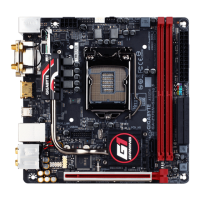
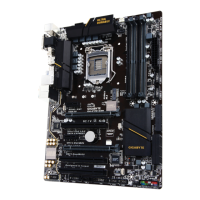
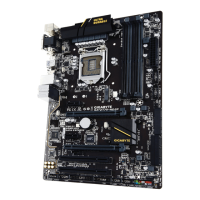
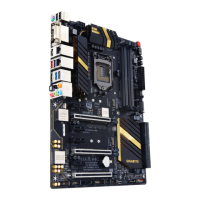
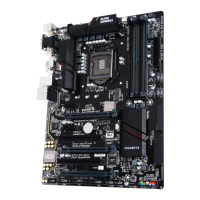
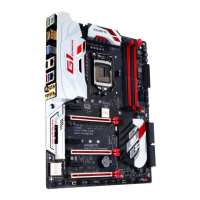

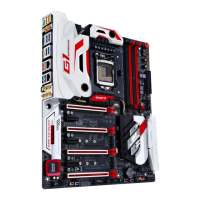
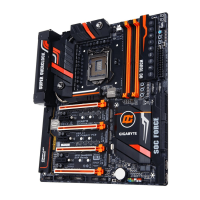

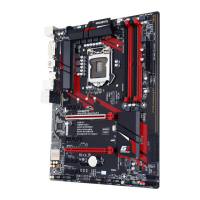
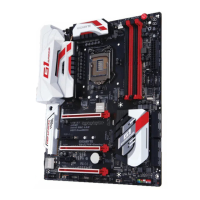
